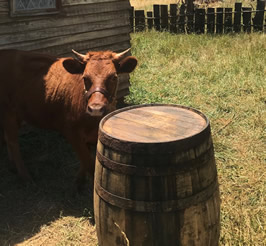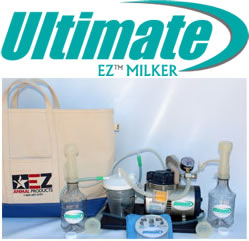WHAT A DEXTER SHOULD BE (Author: Stefani Millman June 2009. Watch for our Illustrated Breed Description in Dexter Cattle, A Breeders’ Notebook, Volume II) A dual-purpose animal is bred to serve two functions: milk and beef. The Dexter is to be compactly built, shorter in length than that of a true dairy breed but thicker [...]

-

Our brand new Dexter Cattle; A Breeders' Notebook is now offered for sale from AuthorHouse! Buy it now
-
Search this site





